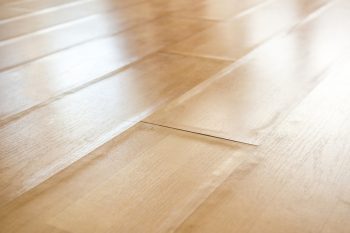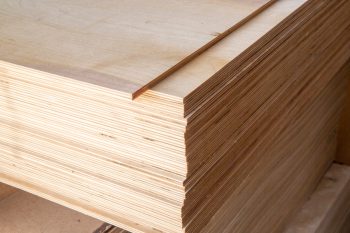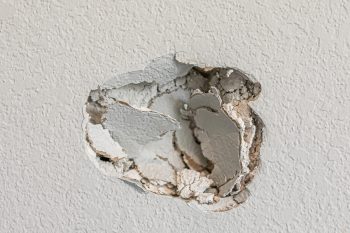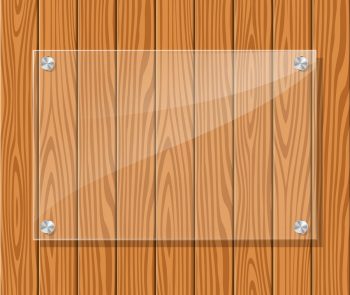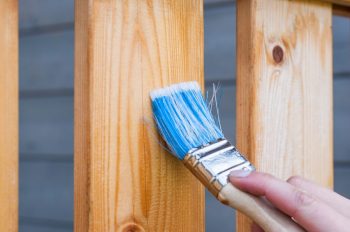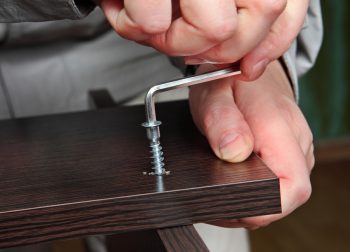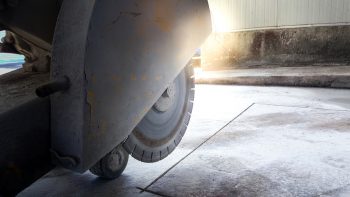
If you’re building a new home and trying to determine what type of roof to go with, or if you’re replacing your home’s existing roof, you’ve come to the right place.
Colorbond and concrete roof tiles are both excellent options. We will go over the strengths and weaknesses of each. And while there is no right or wrong answer regarding these roofing options, there may be a right answer for you.
Colorbond roofs (made of steel) and concrete roof tiles (made of concrete) are two popular options for homeowners today. They offer robust durability, protection from the elements, and energy efficiency.
Both options are also eco-friendly, made from recycled or commonly found materials, and can be reused once they reach the end of their lifespan.
Colorbond roofing offers advantages over concrete roof tiles. It reflects solar heat and typically costs less to install and maintain.
Some advantages unique to concrete include its soundproof and acoustic properties and a slightly longer lifespan.
Your roof is one of the essential elements of your home, not just from an aesthetic standpoint but also from a practical one. It helps keep the elements out of your home and acts as an insulator. Let’s dive deeper into the pros and cons of Colorbond roofing and concrete roof tiles and see which option makes more sense for you.
What Are Colorbond and Concrete Tile Roofs?
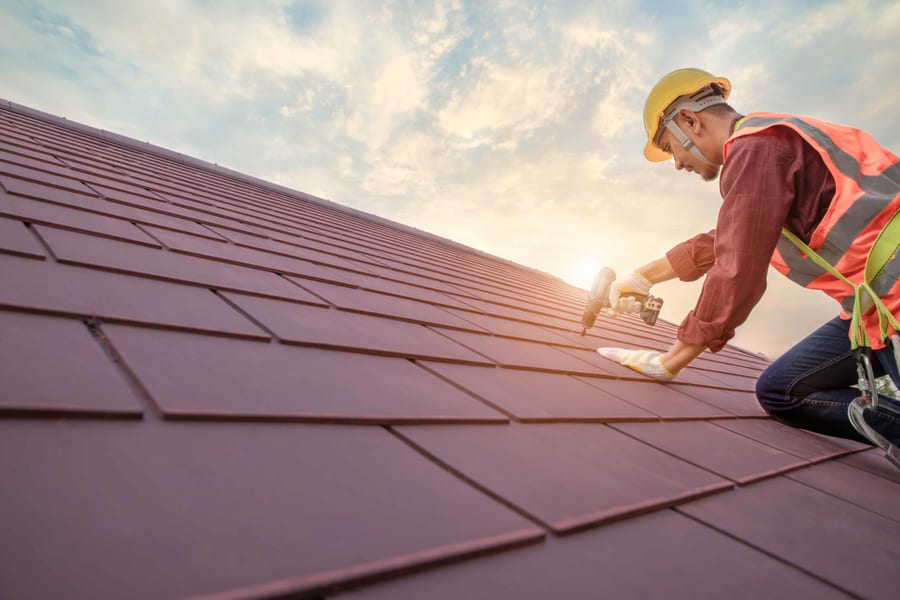
Colorbond roofs are made from steel and have a coating applied at the factory. This coating can last for decades. Colorbond is highly durable and can withstand rain, water, and high winds.
Currently, Colorbond roofing is available in 22 colors.
Concrete roof tiles are made of concrete, a combination of sand, cement, and water. Concrete roof tiles are available in four primary styles and various colors.
Concrete roof tiles have interlocking ribs on their ends that keep water out of your home.
Colorbond vs. Concrete Tiles
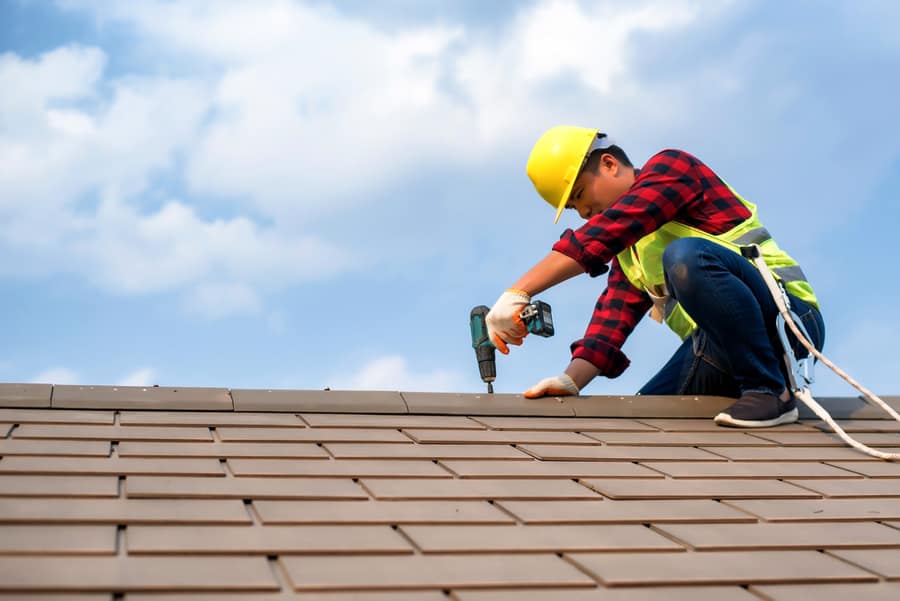
While both Colorbond and concrete tiles make excellent roofs, they have different strengths and weaknesses. Let’s look at how they stack up in the most significant categories.
Durability
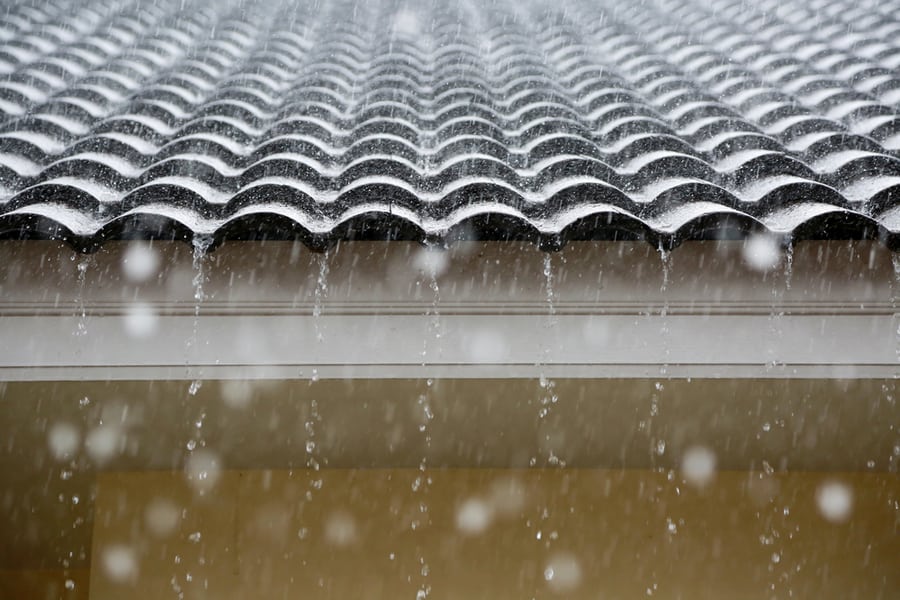
Both Colorbond and concrete tile roofing offer impressive durability. Colorbond has a 70-year lifespan, a 25-year warranty, and a 12-year warranty against chipping.
Colorbond roofing provides robust protection against rain, wind, snow, hail, and even high heat (it offers 30-minute flame immersion protection).
Concrete tile is also highly durable. These tiles have a lifespan of 100 years and can withstand hail, rain, winds, and fire. A 50-year warranty on concrete tile is a standard.
Maintenance
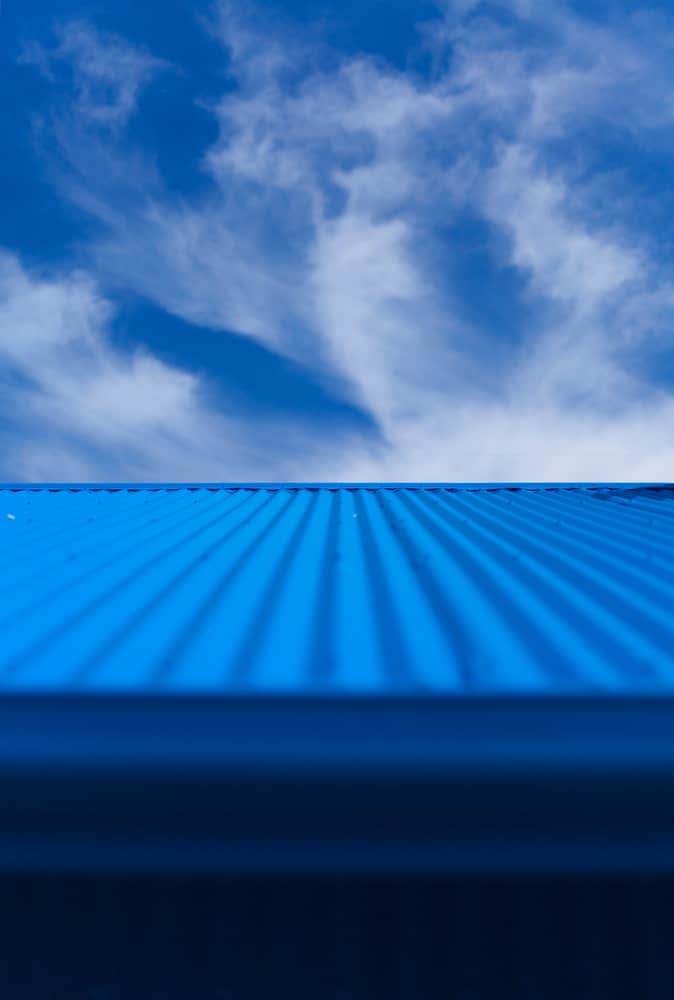
Once installed, Colorbond roofing requires very little maintenance. The coating on Colorbond is factory applied and should last for decades.
The only recommended maintenance is washing every few years with soapy water. Colorbond can withstand storms well, although a downed tree or a large limb could damage it.
One complicating factor for Colorbond roofing is that it’s challenging to work around. Adding air conditioning, roof-vented fans to your kitchen or bathroom, and any other modifications that go through your roof are more complicated with Colorbond roofing.
Keep in mind any future home improvements you may want to make, and consult with experts to ensure they’re feasible with a steel roof.
Concrete tiles requires more involvement from a maintenance perspective. They are brittle and have been known to crack in extreme heat or cold.
They can also break during storms, due to tree limbs, or when walked on. Concrete tiles can shift during severe weather, earthquakes, or when a home’s foundation shifts.
If the tiles shift, the roofing is prone to leaking. Because of these factors, concrete roof tiles often require regular maintenance and repairs to keep them in peak condition.
Energy Efficiency

Both Colorbond and concrete roof tiles offer robust energy efficiency. Colorbond roofs have solar reflecting technology. This allows them to reflect more heat than other materials.
This reflective property reduces the amount of solar heat absorbed by the roof, helping lower air conditioning costs and reducing heat stress on the roof.
Because concrete tiles are so heavy, they help trap air inside our homes. This helps reduce energy costs. They are also terrific insulators.
Acoustics

Colorbond roofing is made of steel, so noise is a concern. Rain and hail can create loud sound when they land on Colorbond roofs.
This can be mitigated by adding insulation to the attic or roof or putting an acoustic blanket when the roofing is installed.
Still, Colorbond roofing is inferior to concrete regarding acoustic reduction.
Concrete tile is an excellent sound deadener. It is considered soundproof and has superior acoustic-reducing properties.
Eco-Friendliness
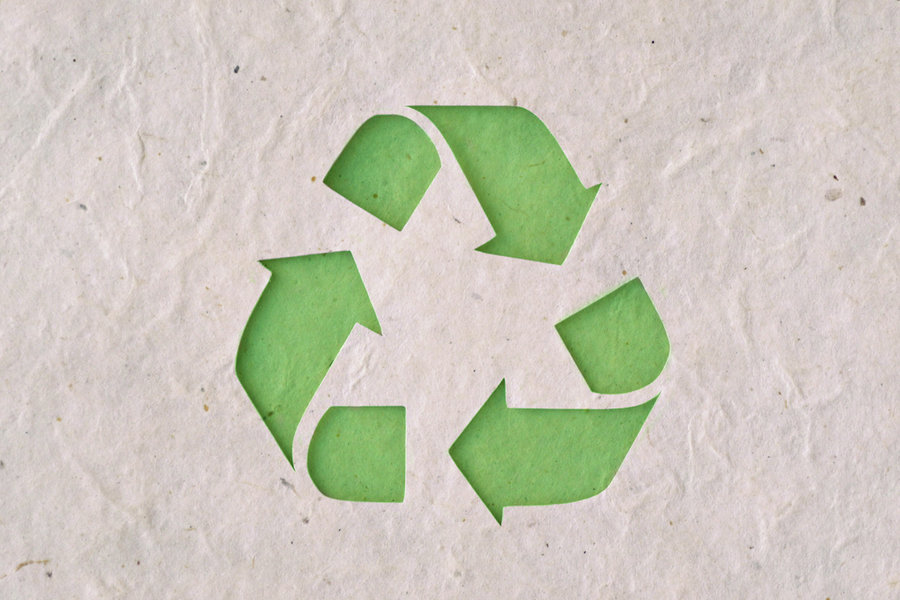
Both of these roofing materials are among the most eco-friendly types of roofs available.
Colorbond is made from some recycled materials and is 100% recyclable when it reaches the end of its lifespan.
Concrete roof tiles are made from naturally occurring minerals and are 100% recyclable at the end of their life cycle.
Cost

The costs of installing the two types of roofs are comparable. Colorbond is a more expensive material, but concrete tiles typically take longer to install and might require additional bracing to the roof due to their weight.
Concrete tile also requires any gaps and inconsistencies in the roof to be addressed before installation.
Concrete tile also has long-term costs associated with it that Colorbond does not have. They are prone to cracking and require semi-regular maintenance and repair.
Choosing the Right Roof
Purchasing a new roof is one of the costliest home improvement projects a homeowner can undertake. It’s necessary to know the pluses and minuses of available materials.
Aesthetics, durability, maintenance, sound, energy efficiency, and environmental-friendliness are all factors that should be considered before making the decision.
Hopefully, this article has provided all the relevant information you need to determine if your next roof will be made of Colorbond or concrete roof tiles.
